A common rule of thumb is to choose a blanket that is equal to 10% of your kid's weight plus an extra 1-2 pounds. This helps ensure comfort and safety while maximizing its benefits. Kids' weighted blankets are designed to help children sleep better and feel more secure by applying gentle pressure, almost like a warm hug. In this article, we'll break down the factors to consider so you can make an informed decision.
What is a Weighted Blanket?
A weighted blanket is a heavy blanket designed to aid relaxation and improve sleep. By distributing gentle pressure across the body, it mimics the feeling of being held or hugged. This feeling is called "deep pressure stimulation" and can promote relaxation and make it easier to unwind.

These blankets aren't just stuffed with any old stuffing. Typically, they're made from materials like:
- Glass beads or plastic pellets: These tiny fillers evenly distribute weight and help the blanket conform to the body.
- Cotton or polyester fabric: The outer layer is usually made of a soft, breathable material for comfort.
- Additional padding: Sometimes layers of cotton or polyester batting are added for extra softness.
The magic of these blankets is their ability to create a calming effect. Just like how babies a few months old love to be held to sleep, there's a warm, heavy power to them.
Benefits of Kid Weighted Blankets
Weighted blankets offer more than just warmth; they provide deep pressure stimulation that can be highly beneficial for children's physical and mental health. Here’s how they help:
- Deep Pressure Stimulation: The added weight of these blankets delivers steady pressure that can calm the nervous system, mimicking the soothing effect of a gentle hug.
- Reduced Cortisol Levels: By promoting relaxation, weighted blankets can help lower cortisol levels, a stress hormone that, when elevated, can lead to various health issues.
- Increased Serotonin and Melatonin: The pressure from the blanket encourages the production of serotonin and melatonin. These hormones regulate mood and improve sleep, helping children fall asleep faster and stay asleep longer.
- Improved Sleep Quality: The light pressure exerted by weighted blankets is akin to a parent’s loving embrace, signaling the body to produce hormones that regulate sleep and help children settle into a deeper, more restful sleep.
- Reduced Anxiety: For kids facing stress from schoolwork or social interactions, the calming effect of deep pressure stimulation can alleviate anxiety, providing a sense of security and well-being.
- Sensory Processing Support: For children with sensory processing disorders such as autism or ADHD, the evenly distributed weight of these blankets can provide soothing sensory input that helps them relax and focus.
Overall, weighted blankets can be a valuable tool in your child’s daily routine, offering not only physical comfort but also significant emotional and physiological benefits.
Related read: 4 benefits of a weighted blanket.

How Heavy Should a Weighted Blanket Be For a Child?
Picking the right weighted blanket for your child is more than just grabbing the first one you see. It requires careful consideration. Every child is unique, and a blanket that feels comfortable for one child may feel heavy and uncomfortable for another. Let's take a look at some key factors that can guide you in making the perfect choice.
- Child's weight
- Child's age and size
- Sensory needs
- Type of sleep environment
Next, we cover the optimal weight ranges for children of different ages to ensure you make the best choice for your child's needs.
|
Age Group |
Typical Weight Range (lbs) |
Recommended Weight Range of Blanket (lbs) |
Notes & Safety Tips |
|
Babies (0-1 years) |
Not applicable |
Not recommended |
Weighted blankets are unsafe for babies |
|
Toddlers (1-2 years) |
20 to 30 lbs |
2.0 to 3.0 lbs |
Start lighter, consult a pediatrician before use |
|
Preschool (3-5 years) |
30 to 50 lbs |
3.0 to 5.0 lbs |
Adjust +/- 2 lbs based on comfort and needs |
|
School Age (6-12 years) |
50 to 100 lbs |
5.0 to 10.0 lbs |
For ages 6-12, tailored to individual comfort |
|
Teens (13+ years) |
100 to 150 lbs |
10.0 to 15.0 lbs |
Suitable for ages 13 and up, with personal adjustments for comfort |
Infants (0-12 months)
Safety is a top priority for infants. Experts generally recommend against using weighted blankets for infants younger than 12 months. Their bodies are too fragile, and the risk of suffocation or overheating is real. In addition to using a weighted blanket, consider other soothing methods, such as swaddling or soft music. Remember, at this age, safe sleep is more important than weight gain.
Toddlers (1-3 years)
Toddlers are just beginning to find their feet in the world, and a weighted blanket can sometimes provide a sense of security. However, you want a blanket that weighs about 10% of your toddler's body weight. For a typical toddler weighing around 20-30 pounds, a 1-3 pound blanket is recommended. Remember, every child is different. If they don't feel comfortable, try a lighter option.
For Preschoolers (4-5 years)
Preschoolers are more independent but still seek comfort. A weighted blanket can help them feel secure.
Weight can be 10% of body weight plus one pound. For example, a preschooler who weighs 30-40 pounds can use a 3-5 pound blanket.
For School-Age Children (6-12 years)
School-age children are juggling friends, and school, and sometimes dealing with anxiety. A weighted blanket can help them relax. Children’s blankets weigh 10% of their body weight plus an additional 1-2 pounds. Typical range: A child weighing 50-70 pounds can comfortably use a 5-8 pound blanket.
For Teens (13 years and older)
Teens are growing quickly, and their needs change frequently. A weighted blanket can still provide comfort: The weight recommendation is about 10% of body weight. This is similar to finding the right backpack—it should feel full but not heavy. Teens should have a say in choosing the right feel, reinforcing their comfort and ownership of their space.
Safety Precautions For Using a Weighted Blanket
Weighted blankets are a comfortable way to help your child relax, but they must be used safely. Why? Just like you wouldn't let your child swim alone, you shouldn't leave them unsupervised with a weighted blanket.
- Always supervise young children: Even if the blanket seems harmless, its use must be monitored. Make sure your child can easily remove the blanket when needed.
- Stay with the recommended times: Children shouldn't stay under a weighted blanket for too long.
- Choosing the right weight: Blankets should generally be around 10% of your child's body weight.
- Fidgeting or squirming: If your child seems restless under the blanket, it may be too heavy or they may not like the pressure.
- Difficulty breathing: Any sign that your child is having trouble breathing means it's time to remove the blanket immediately.
- Overheating or sweating: Weighted blankets trap body heat. If your child is getting too hot or sweating, it's a sign that you need to stop using the weighted blanket.
What Materials Should It Be Made From?
The feel of a weighted blanket depends largely on its materials and filling. Both the outer fabric and the filling type play a crucial role in the comfort and breathability of the blanket.
Cotton: Cotton is one of the most popular materials. It is soft, breathable, and durable, making it perfect for year-round use. Cotton blankets often give a cozy, familiar feel that is perfect for kids.
Fleece and flannel: These materials offer warmth and a plush texture that is ideal for colder climates or colder months. However, they may not be as breathable as cotton or bamboo.
Bamboo: Bamboo is known for its excellent breathability, making it a great choice for warmer climates. It helps wick away moisture and prevent the blanket from feeling too hot, which is essential for a good night's sleep.
Microfiber: This synthetic fiber is typically lightweight and has a silky texture. It is often more affordable, but may not be as breathable as natural fibers.
Filling, such as glass beads or plastic pellets, adds weight to the blanket. Glass beads are generally smaller and quieter, distribute the weight evenly, and don't make as much noise. Plastic pellets are an affordable option but may make the blanket bulkier.

Best Weighted Blanket for Kids
The best weighted blanket for children should fit the child's current situation. Consider factors such as material, quality, weight, size, color, price, etc.
Ideally, the blanket should cover the user's body without hanging over the side of the bed. A blanket of the right size prevents it from sliding off and ensures that the weight is evenly distributed. A good rule of thumb is to choose a blanket that weighs 10% of your child's body weight, adding or subtracting a pound as needed to ensure comfort.
Souverhome offers 6 lb (36" x 48") and 10 lb (40" x 64") weighted blankets for children. A variety of colors are available for you to choose from. And our weighted blankets are knitted, breathable, and made of high-quality materials without harmful substances. The weight is evenly distributed, providing a safe and comfortable feeling, but not too heavy.

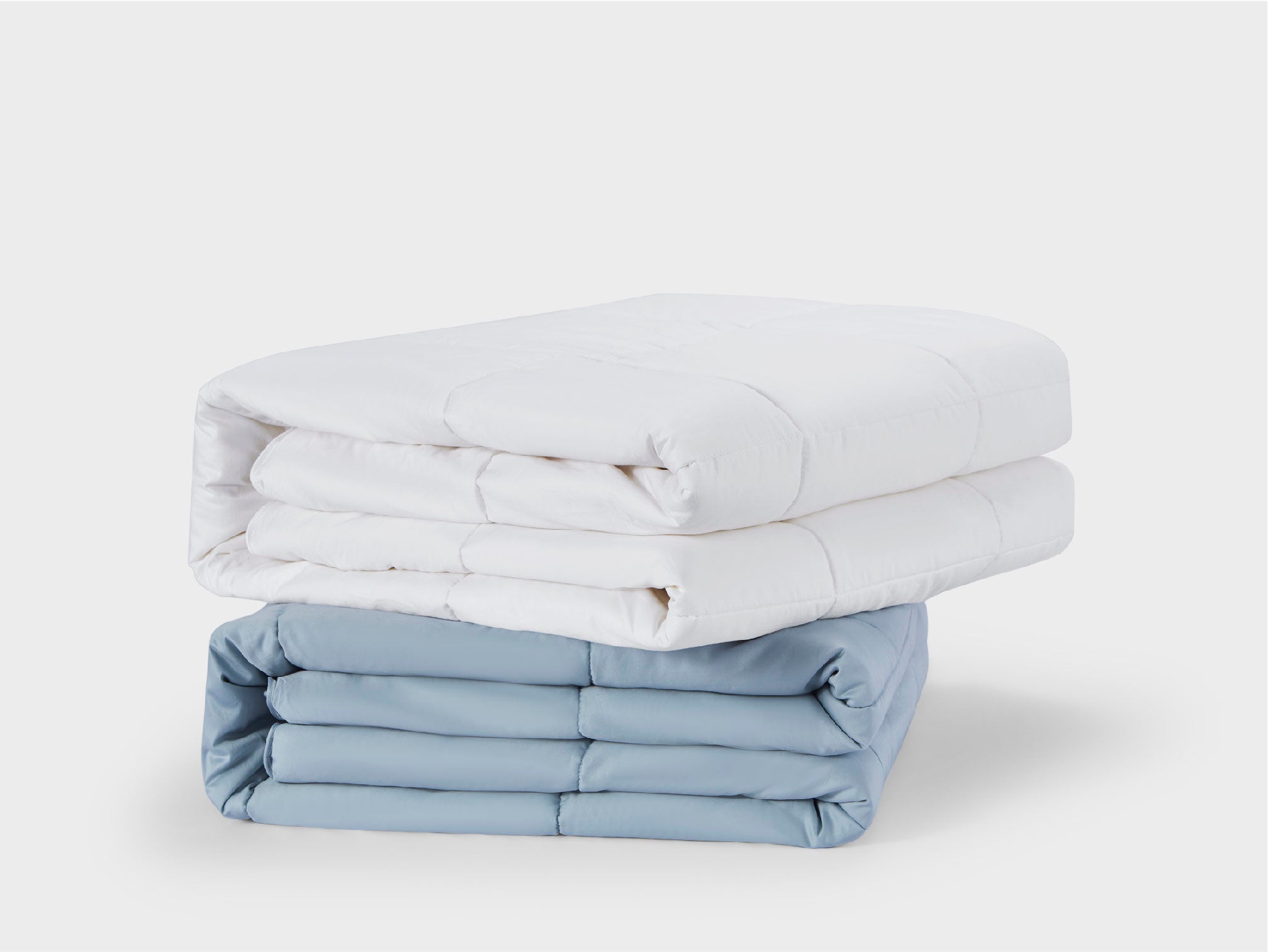
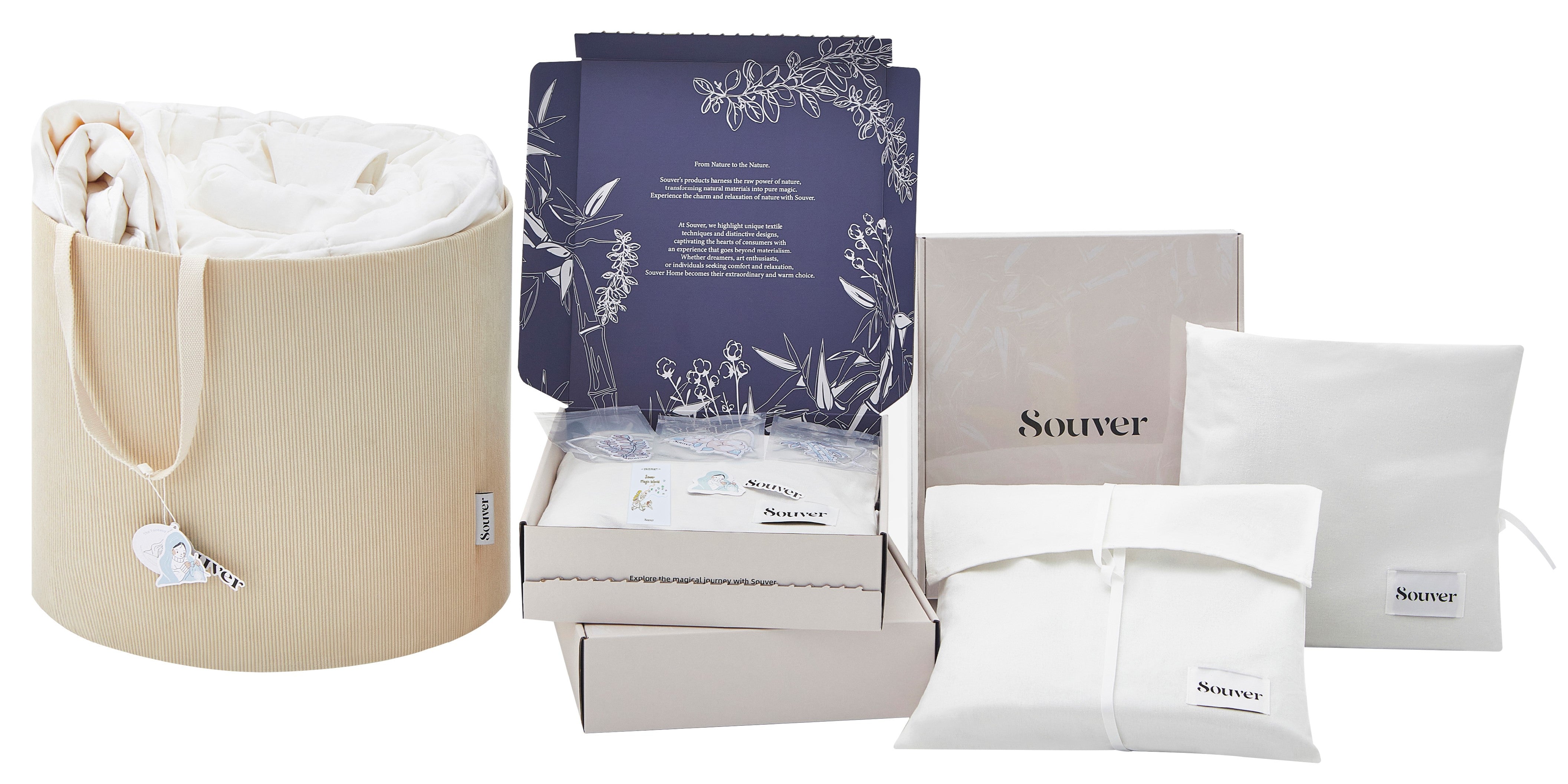





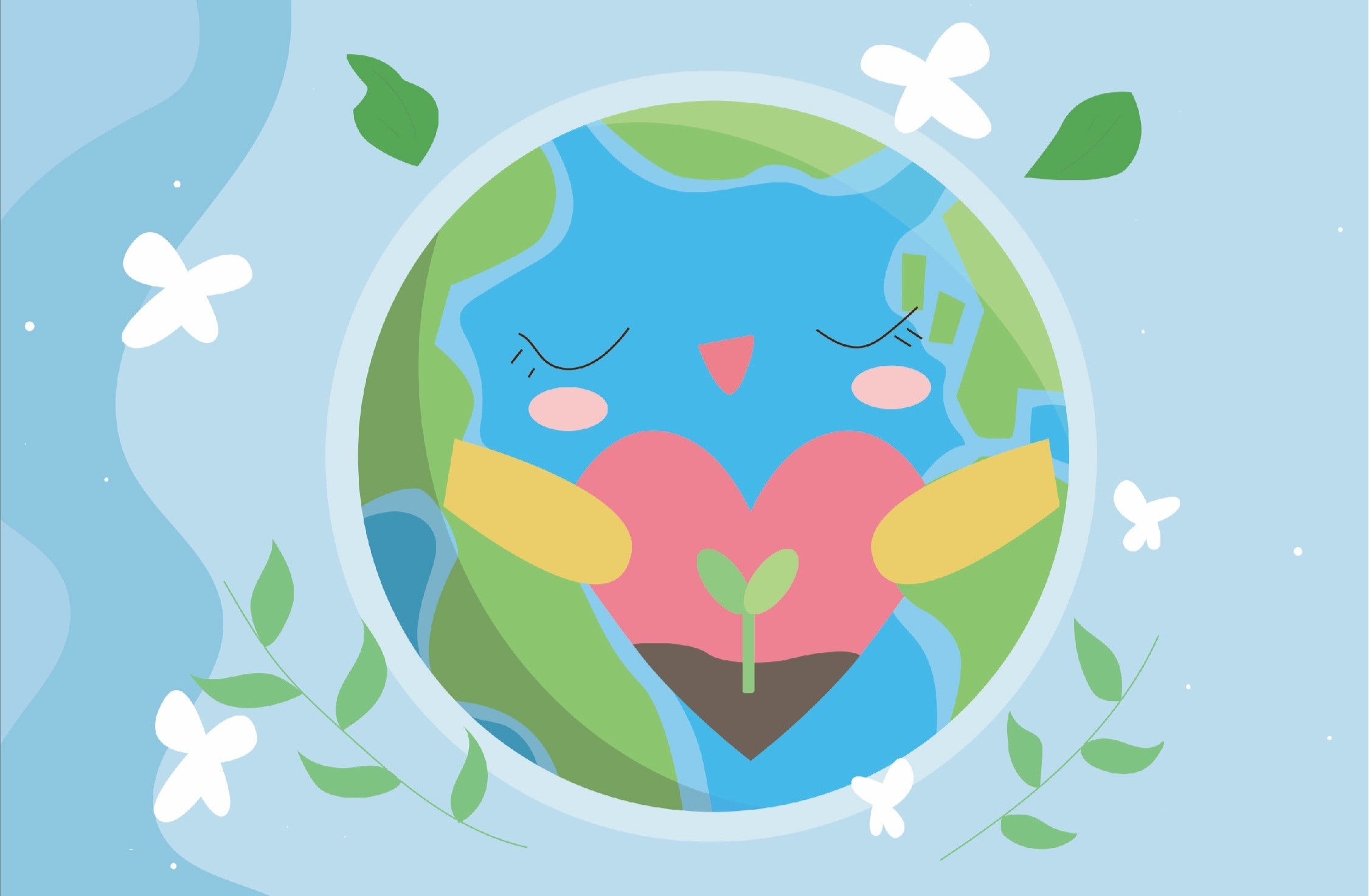
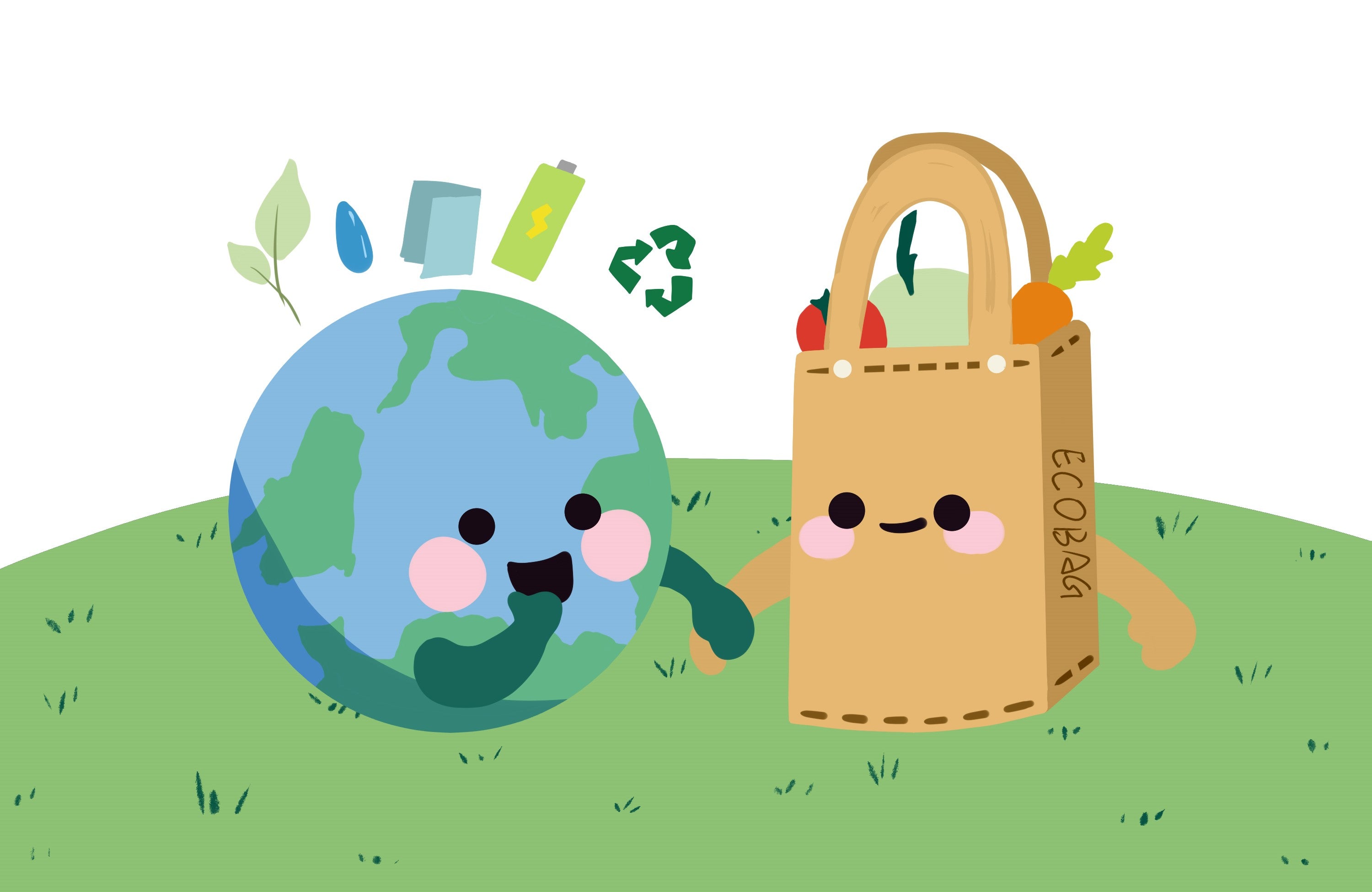

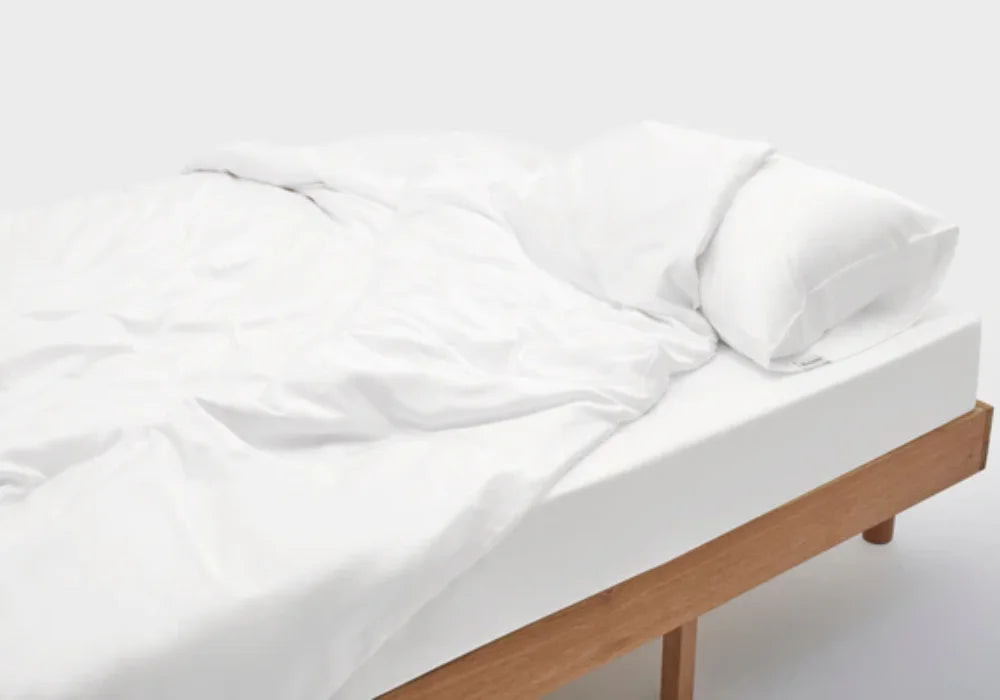
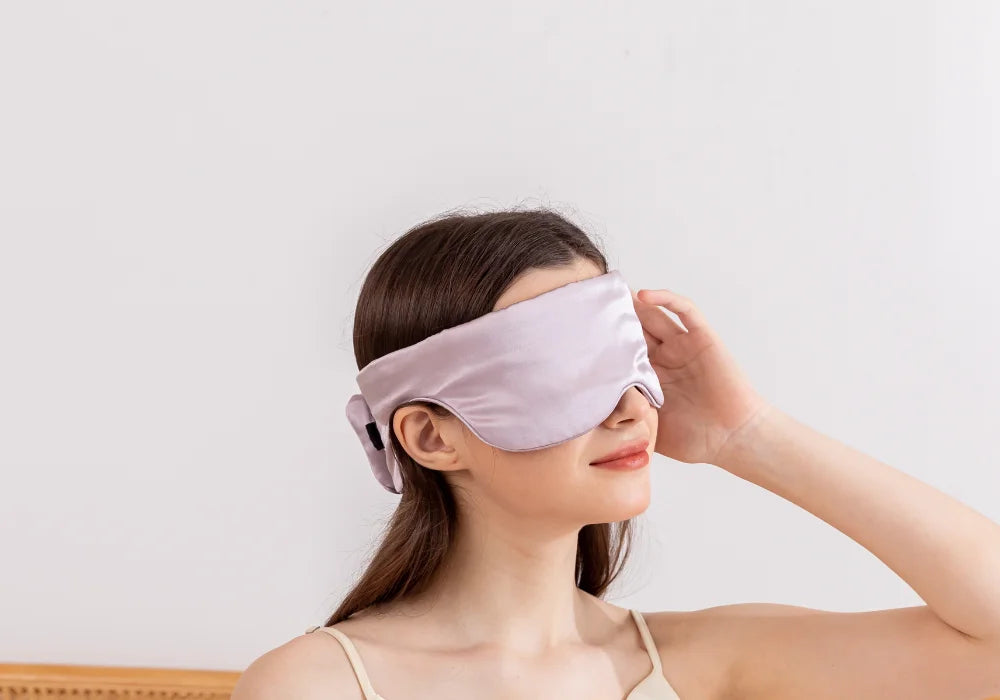
Dejar un comentario
Este sitio está protegido por reCAPTCHA y se aplican la Política de privacidad de Google y los Términos del servicio.